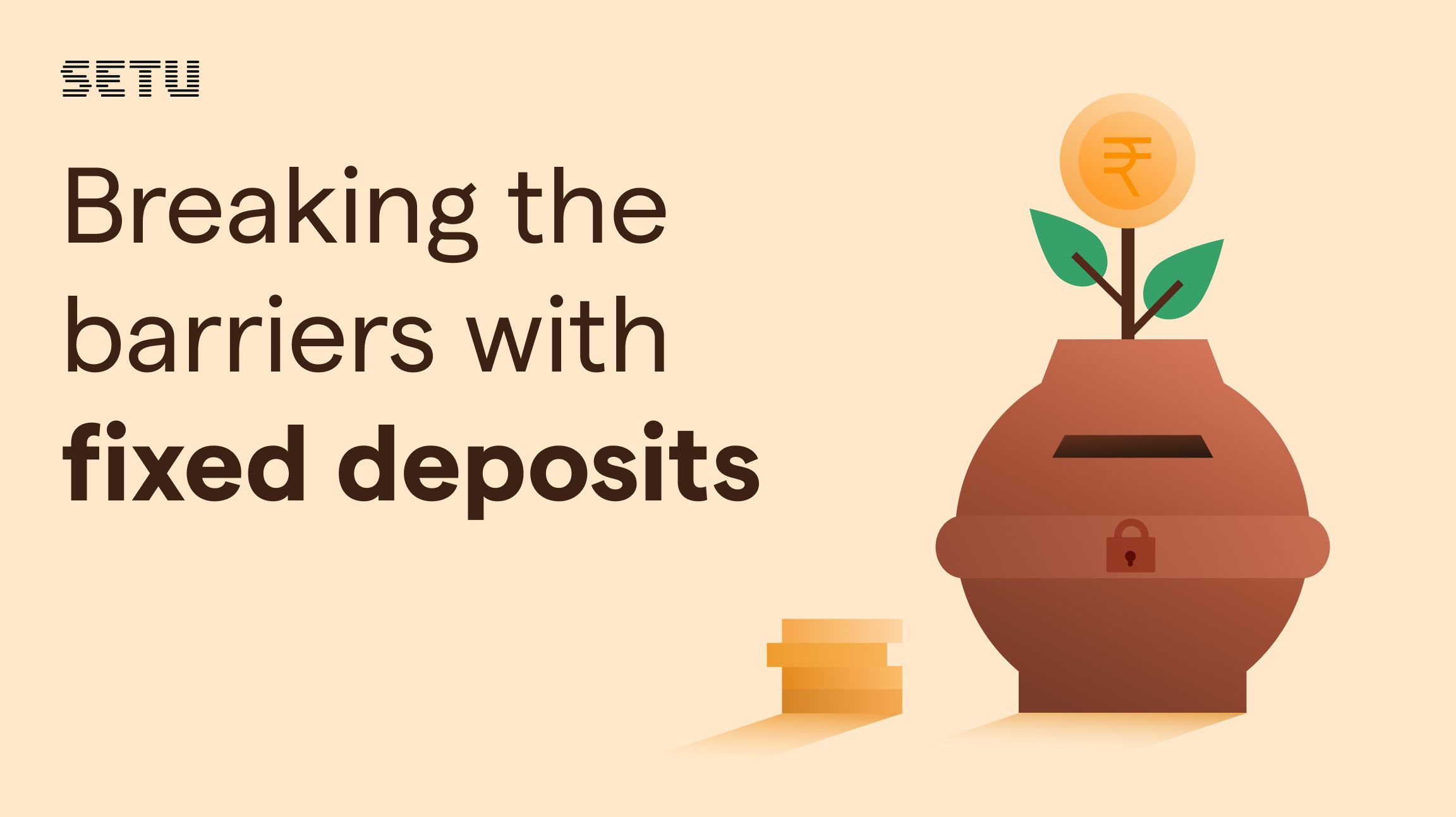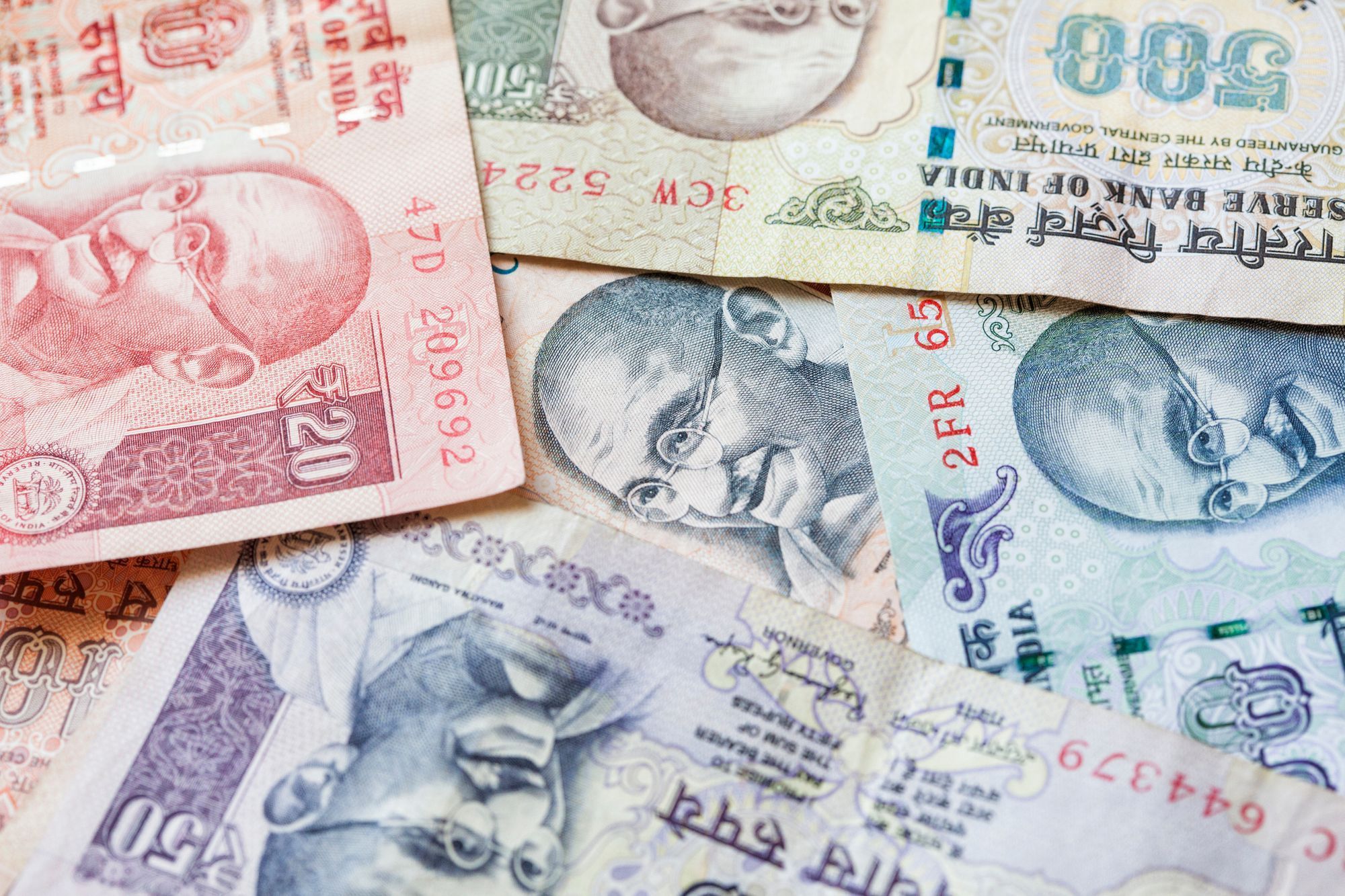What are the different ways to verify bank accounts?
22 May 2023 — PRODUCT

In India, the process of bank account verification has evolved over the years, making it easier for companies to authenticate their users’ banking information. Today, there are several methods to verify bank accounts.
If you’re looking for bank account verification APIs, look no further. Sign up here and get started with Setu’s bank account verification API suite.
Why do companies even need to verify their user’s bank accounts?
Simply put, bank account verification is a way to check whether a user’s bank account is valid and if it actually belongs to them.
This is mostly done for regulatory purposes such as compliance with Anti-Money Laundering or KYC regulations. But this is also done to minimise human errors. Let’s say you’ve sold your bike on a second-hand goods marketplace and are waiting for them to transfer the agreed price of ₹10,000. Now, if you made a mistake while filling up your bank account number and IFSC code on the marketplace website, the payment to you will fail and result in an understandably frustrating delay.
In order to prevent these scenarios, companies verify their user’s bank account information. This benefits both sides in the same way: by making sure the money will come to—or from—the right place.
Here are the three most popular methods of bank account verification in India.
1. Penny Drop
This is a common form of verification. The concept is simple: companies deposit a small amount—usually a rupee—into a customer’s account to confirm its existence and ensure that the account information is accurate. This process is used by several companies before transferring funds to their users for a host of use cases such as processing refunds, transferring salaries, paying service fees, and several others.
How it works: The Penny Drop method involves depositing a nominal amount—usually ₹1—into the user's bank account. If this transaction is successful, the company receives a confirmation from the user’s bank that includes the account holder’s name. This method allows companies to authenticate bank account details and ensure that the account belongs to the intended user.
Request
POST /api/verify/ban{"ifsc": "CNRB0008517","accountNumber": "8517129000033"}
Response
{"verification": "success","message": "Account exists and is active.","data": {"name": "name of the account holder","transactionReference": "120716373986"}}
Check out our Penny drop APIs here.
2. Pennyless Drop
Pennyless Drop is another industry-first product by Setu. This method is a variation of the Penny Drop, where no actual money is transferred. Instead, the company sends an API request to the user’s bank to validate the account details. The bank then verifies the account information without transferring any funds and sends a confirmation to the company.
How it works: The user is asked to enter his bank account number and IFSC code, similar to Penny Drop. Using Setu’s APIs, the company then sends an API request to this bank account. If the bank account is active, the company receives a confirmation in the response. If the bank account is inactive, the verification fails. This method is cost-effective and efficient, as it eliminates the need for actual money transfers, thus reducing transaction costs.
Request
POST /api/verify/ban/pennyless{"accountNumber": "1234567890","ifsc": "UTIB0002083"}
Response
{"status": "SUCCESS","data": {"bankAccountNumber": "1234567890","bankAccountName": "Pavankumar Kamat Biz","bankAccountIfsc": "UTIB0002083","entityType": "MERCHANT", // or INDIVIDUAL or "UNKNOWN""ifscCrossCheck": true,"ifscDetails": {"name": "Axis Bank","branch": "KAPODRA, SURAT","center": "SURAT","district": "SURAT","state": "GUJARAT","address": "J R SQUARE, MAMTA PARK - 1 KAPODRA, VARACHHA MAIN ROAD, SURAT - 395 006","contact": "","imps": "true","rtgs": "true","city": "SURAT","iso3166": "IN-GJ","neft": "true","micr": "395211016","upi": "true","swift": ""},"merchantDetails": { // if MERCHANT"mccCode": "1520","identifier": {"merchantType": "SMALL","merchantGenre": "OFFLINE","onBoardingType": "BANK"},"name": {"brand": "praimports","legal": "Indian","franchise": "rajababuimpor"},"ownership": {"type": "PRIVATE"}}},"traceId": "4c93e6bb-8017-4fc4-b44b-4cf186c9c6d5",}
Check out our Penniless drop API here.
3. Analyse VPA
UPI is the most popular payment method in India. All UPI users have a unique ID called VPA (Virtual Payment Address) linked to their bank accounts. Analyse VPA is a way for companies to verify if their user’s VPA exists and really belongs to them. Analyse VPA also gives exhaustive details of a user's or merchant's VPA like merchant category, bank branch details and several other fields.
How it works: In this method, the company verifies a user’s bank account by analysing their VPA. The VPA is a unique identifier assigned to each user on the UPI platform, allowing them to send and receive money without sharing their actual bank account details. To verify a user’s bank account through VPA Validation, the company sends a request to the user’s bank, asking for confirmation of the VPA’s validity and the linked account details. This method offers an additional layer of security and privacy, as it does not require sharing sensitive bank account information.
Request
POST /api/verify/ban/validate_vpa{"vpa": "user1@icici"}
Response
{"status": "SUCCESS","data": {"vpa": "user1@icici","bankAccountName": "ABC Pvt Ltd","bankAccountIfsc": "UTIB0002083","entityType": "MERCHANT", // or INDIVIDUAL"ifscCrossCheck": true,"ifscDetails": {"name": "Axis Bank","branch": "KAPODRA, SURAT","center": "SURAT","district": "SURAT","state": "GUJARAT","address": "J R SQUARE, MAMTA PARK - 1 KAPODRA, VARACHHA MAIN ROAD, SURAT - 395 006","contact": "","imps": "true","rtgs": "true","city": "SURAT","iso3166": "IN-GJ","neft": "true","micr": "395211016","upi": "true","swift": ""},"merchantDetails": { // if MERCHANT"mccCode": "1520","identifier": {"merchantType": "SMALL","merchantGenre": "OFFLINE","onBoardingType": "BANK"},"name": {"brand": "praimports","legal": "Indian","franchise": "rajababuimpor"},"ownership": {"type": "PRIVATE"}}},"traceId": "4c93e6bb-8017-4fc4-b44b-4cf186c9c6d5",}
Check out our Analyse VPA API here.
Prior to these digital methods, companies had to rely on cumbersome processes like asking a user to share a copy of a cancelled cheque or bank account statement to verify. Bank account verification in India has come a long way since then, with several digital methods available to companies for authenticating their users’ banking information. These methods—Penny Drop, Pennyless Drop, and Analyse VPA—offer different advantages in terms of cost, efficiency, and security. Companies operating in India should choose the most suitable method based on their user’s profiles, business requirements, and the level of verification needed for their user base. Companies should also offer multiple modes of bank account verification to their users and gradually pick the best-performing one for them.
If you’re looking for bank account verification APIs, look no further. Sign up here and get started with Setu’s bank account verification API suite.



